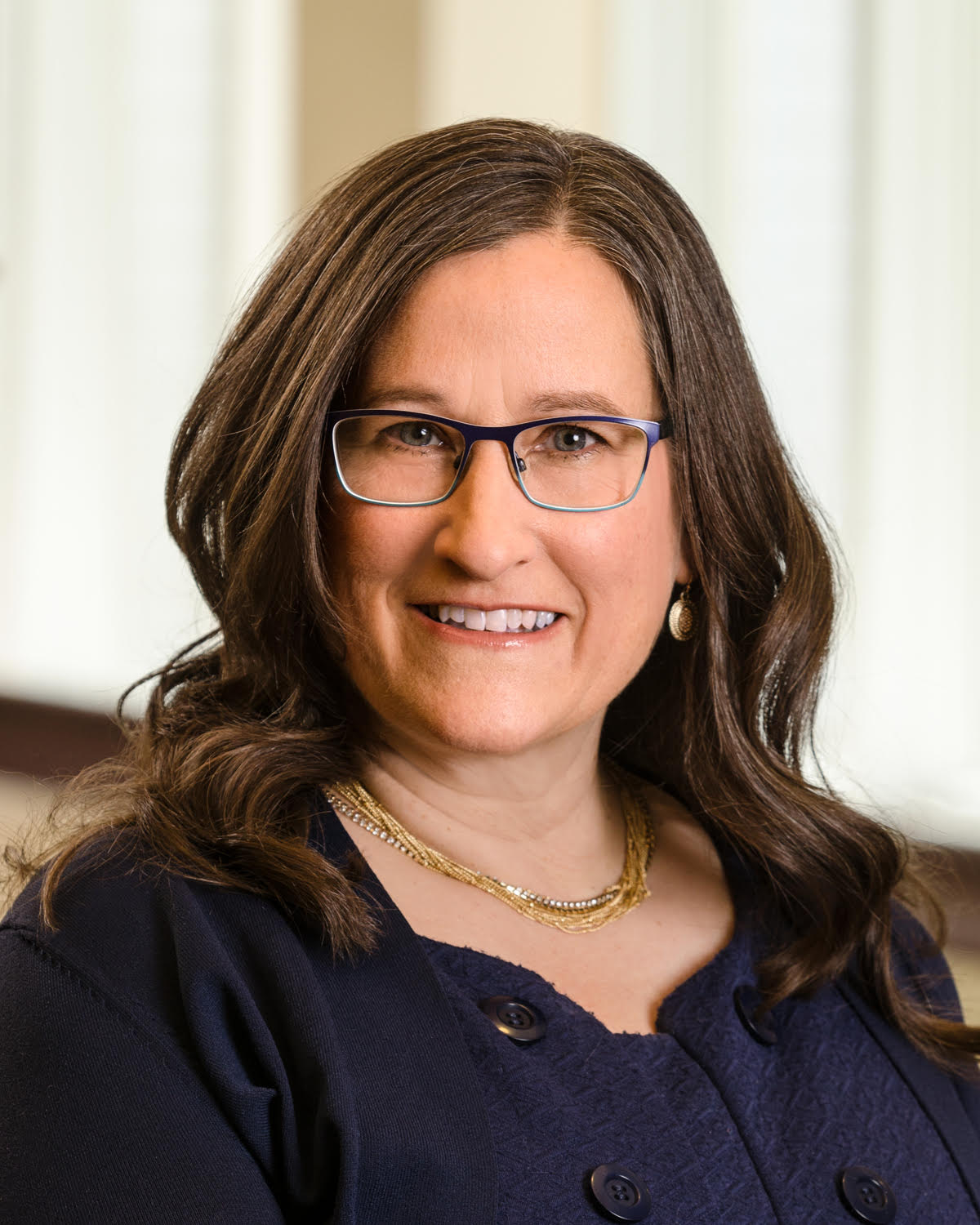Is your senior loved one starting to exhibit advanced symptoms of Alzheimer's dementia? It might be time to start switching the primary focus of his or her treatment from memory care, which is primarily concerned with life and memory preservation, to palliative care, which is mostly centered on quality-of-life improvement and pain control.
Many people first hear the term "palliative care" paired with "hospice," and they naturally think that the terms are interchangeable. Although they're similar in many respects, they aren't exactly the same. Today, let's talk about the differences between the two.
What is palliative care?
People with serious, debilitating, and/or chronic conditions can receive palliative care. Some patients in the end stages of their disease receive palliative care, but it's not necessarily intended as an end-of-life care measure.
How so? Palliative care is, essentially, symptom mitigation. It typically includes a significant amount of closely-monitored pain management.
Someone could be in the end stage of a disease (for example, in heart, liver or kidney failure, or living with stage IV cancer) but still have a chance at full recovery (e.g., after receiving a successful organ transplant, or after successful oncological treatment that results in extended remission or cure). Or, a person might have advanced disease or injury symptoms that need to be managed, but there is some hope of recovering partial-to-normal function.
A palliative care scenario
Let’s say a young man was involved in a head-on collision with a wrong-way driver and sustained a severe intracranial bleed, crushed thoracic vertebrae and a punctured lung. He spent four weeks in the neuro ICU, during most of which he was medically sedated to allow his brain to heal.
Now, his physical condition has stabilized such that he's not in immediate danger of passing, but he needs continuing acute care. Following his discharge from the trauma ward, he's transferred to a long-term acute care hospital.
It's going to take months for his body and mind to heal from the trauma and he may or may not recover his mobility and cognitive function, but he doesn't require end-of-life care. He's young and was in great health before the accident. The odds favor his survival with the help of aggressive physical, cognitive and occupational therapy.
Along with those treatments, he'll receive palliative care measures on the ward and, likely, as an outpatient. That likely includes medical management of his severe pain, oxygen therapy to help him breathe easier, treatment to relieve the nausea and constipation that have resulted from his abdominal injury and care from a psychiatrist-counselor.
His palliative care likely would be covered by Medicare Part B, Medicaid, or by some private insurance policies (check yours for specific coverages).
The differences between palliative care and hospice
As you can see, all of the care measures our hypothetical patient above is receiving might also be commonly employed in an end-of-life scenario.
A senior with terminal-stage Alzheimer's might be unable to breathe without assistance, might be in severe pain, could exhibit behavioral outbursts indicative of severe stress or depression, and so on.
Memory care, at that point, is unnecessary. The focus should shift to making that loved one more comfortable and ease his or her transition. That's where hospice begins. It's only offered to patients who have been certified by a qualified, treating physician as "terminally ill."
A patient (or family) who opts for hospice care signs an agreement that acknowledges that the situation is not recoverable, and that further curative treatments would be futile and will not be sought. The focus of treatment is then entirely placed on making the patient comfortable and helping him or her to enjoy the remaining time to the fullest degree possible.
Hospice care includes all of the palliative care measures discussed above. It might include some measures that are typically found in memory care, too — say, music or art therapy — but, in this case, they're employed as stress-reducing, comfort-promoting measures, rather than as cognitive therapies.
Hospice can be rendered wherever you choose
Hospice care must be provided by a licensed hospice organization but can be provided at any place of a patient's (or the family's) choosing.
Some opt for admission to a hospice center — for example, Hospice of Southwest Ohio's inpatient center in Madeira — while others want to spend their remaining days at home, or at a loved one's home, and thus choose to receive hospice care on an outpatient basis.
Some patients might even briefly receive hospice care in an acute care hospital, if the end is very near and transport would place undue pain or stress on the patient or the family.
Hospice care is typically covered by Medicare's hospice benefit, by Medicaid, or by private insurance (check your policy for specific coverages).
Does Marjorie P. Lee provide hospice care?
No, but we often work closely with licensed hospice providers like the aforementioned Hospice of Southwest Ohio, VITAS or Hospice of Cincinnati to ease the care transition when residents or their families make the decision to pursue it. Residents can receive hospice care services from those or other providers while still in our care.
And we do provide interdisciplinary palliative care to residents who need it, particularly to those with moderate-to-end-stage chronic diseases, or to those who are undergoing extended skilled nursing or short-term rehabilitation care here.
Still have questions? Click here to contact our Marjorie P. Lee senior care staff. We're happy to help you.













